The Year of the Combo
2012 was a tremendous year for fighting games. What trends emerge from such an outstanding lineup, and how can we ride this energy into the new year?
As 2012 comes to a close, let’s take a moment to say "Hats off!" to the fighting game developers of the world, because this was a fantastic year for the genre. Between new releases and HD updates, there was at least one unique fighting game hitting the consoles for every month this year.
Not since the genre’s heyday in the mid-'90s has there been such volume and quality. It is a testament to the health of fighting games, and the support of their fans. Legendary franchises, such as Tekken and Dead or Alive, added powerful new entries to their lineups, while classics, such as JoJo’s Bizarre Adventure and Marvel Super Heroes, were given a second chance on modern hardware.
A closer examination of these successes reveals a common thread among the lot. And as 2013 approaches, that thread could be broken--for better or worse--by the genre's most diehard advocates: the fighting game community.
The Complete FALLOUT Timeline Explained! Warhammer 40k: Darktide - Path of Redemption | Update Trailer SAND LAND - Official Darude Sandstorm Trailer Is Fallout 76 Good in 2024? No Rest for the Wicked - Official Steam Early Access Launch Trailer Battlefield 2042 | Frontlines Mode Returns - Time-Limited Event Trailer 21 Details You May Have Missed In Helldivers 2 Stellar Blade - Official "The Journey" Behind The Scenes Trailer | PS5 Games Zenless Zone Zero - Official Koleda Character Teaser Trailer | "Bite At The Site" PUBG MOBILE | SPYxFAMILY Collaboration LIVE Now! Genshin Impact | Version 4.6 "Two Worlds Aflame, the Crimson Night Fades" Trailer The 11 Creepiest Vaults Of Fallout
Please enter your date of birth to view this video
By clicking 'enter', you agree to GameSpot's
Terms of Use and Privacy Policy
NEW AGE OF HEROES
A recurring design among many of this year’s marquee fighters was longer combos and combo-extending techniques. Tekken Tag Tournament 2 and Dead or Alive 5 were the most overt with their bound and critical stun mechanics, respectively. Skullgirls wasn’t afraid to have combos lasting a solid 30 seconds (before the patch anyway), while PlayStation All-Stars Battle Royale continues to provide some of the longest brawler combos this side of the Jump series.
But why are double- and triple-digit combos so popular? It's because they are intricately intertwined with the two fundamental challenges of any fighting match. No matter what game you're playing, or whom you are playing against, you are constantly cycling between two battles: player-versus-player and player-versus-self.
The first challenge--player-versus-player--covers the fundamentals of moving and attacking. As seen in the video above, simply landing a blow can be a tall order against a skilled opponent. In the first round, Duo Lon is not throwing out random moves and getting lucky. He is responding to (and in some cases predicting) Billy's actions. He is also dominating the player-versus-player challenge. With every jump, dash, and strike Billy makes, Duo Lon responds by putting himself in a strategically advantageous position to either avoid or counter the move.
No matter what game you're playing, or whom you are playing against, you are constantly cycling between two battles: player-versus-player and player-versus-self.Hundreds of these snap decisions are made every round. While each move presents a risk, you can better your odds by understanding a character's fighting styles and the habits of your opponent. Of course, it's as much a physical challenge as mental. Fast reflexes are required to keep pace with these mental gymnastics.
This leads us to the second challenge--player-versus-self--which covers execution and efficiency. Imagine you have just scored a chance blow against that really annoying Rocket Raccoon in Ultimate Marvel vs. Capcom 3. This was completely unexpected, and you have less than a second to react. Do you know the best combo--based on positioning, available meter, and time remaining--for that exact moment? Can you execute all those inputs perfectly?
In this situation, the challenge is no longer external (fighting the raccoon) but internal (performing the combo). Rocket Raccoon is helpless and will not be a problem again until the combo is either finished or fumbled. In these empowering moments, players get to demonstrate their mastery over the fighting mechanics, and their opponent, while bringing themselves closer to victory with every blow. Now, it is worth noting that some fighting games include ways to escape combos, but there are often severe restrictions placed on these techniques.
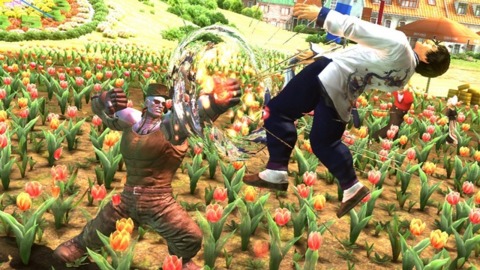
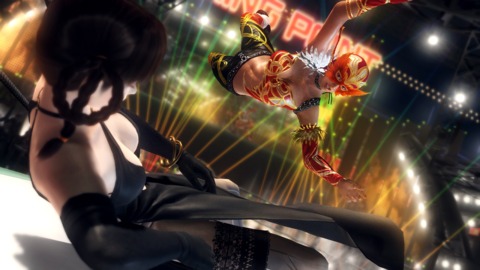
MATCH OF THE MILLENNIUM
The outcome of any fight will largely be determined by how well you grapple with these two challenges. Succeeding at one but not the other is often insufficient. If you can't land hits, and then confirm those hits into combos, then you won't find many wins in your tally. Proficiency in both does not come easy and takes a lot of practice. The fighting genre has been around for over 20 years, and some of its community members have been playing for just that long.
To reward this dedication, the genre has steadily grown more complex. Combo-extending techniques are a good example because they offer rewards for preexisting knowledge by giving players new (and lethal) ways to apply that knowledge. These additions lend much to the player-versus-self challenge, while the player-versus-player challenge has remained largely static. Surveying the genre at the end of 2012 reveals a landscape filled with extremely technical fighting games all targeting the experienced fighter.
For the genre to remain healthy, this pattern needs to change.
Continuing down a road in which advancements merely target experienced fighters will only lead to games that are suited for experienced fighters. To promote the health of the genre, there needs to be growth that reaches beyond the combo counter. The masterful design of longstanding franchises is certainly something to be celebrated, but there is a pressing need to develop new ways to attract fresh competitors.
2013 will be a pivotal time for the genre. Unlike in prior years, many fighting games in 2013's lineup are deviating from traditional design. New and original games are taking a fresh look at player-versus-player design, while stepping back from intimidating, player-versus-self mechanics. How the fighting game community responds to these games is going to have a major impact on the genre's health moving forward.
FIGHT FOR THE FUTURE
The indie space offers the most extreme examples of this shift in design. Divekick and Senor Footsies strip away all combos and restrict movement in interesting ways. Basically, they’re taking the "combo" out of "touch-of-death combo" and seeing what happens. This is an important experiment, as these games can show players the fun of single, one-on-one combat, without the upfront commitment of learning a highly technical set of mechanics.
Over the years, the FGC has formed the heart of the genre, and their immense support through guides, videos, and tournaments is what keeps fighting games healthy after release.Indies aside, For example, 2013's larger productions are also finding new ways to distinguish themselves. NetherRealm Studio's DC Comics-inspired fighter Injustice: Gods Among Us has shown a greater emphasis on stage selection by letting fighters weaponize background elements to attack their opponents. And while details are sparse on the fourth Super Smash Bros. game, it is unlikely Nintendo and Namco Bandai will try to conform the series' already distinct style of fighting.
Together, these games have the opportunity to entice new players to the fighting game genre, players who didn't grow up with genre mainstays. But this growth will not be easy without the support of the genre's greatest strength, the fighting game community. Over the years, the FGC has formed the heart of the genre, and its immense support through guides, videos, and tournaments is what keeps fighting games healthy years after release. However, not every game can afford to target this core community, and games that lack support can quickly fade from competition.
Outside of the games themselves, 2012 also saw new ways for the community to get involved with their favorite genre. Shoryuken launched their beta for the SRK Fantasy League, a fighting game twist on fantasy sports. Points were awarded for correctly predicting bracket results, and future versions may award prizes for high scores. Elsewhere, EventHubs debuted Fight Tracker: a service designed to help members of the fighting game community find, and fight, each other across different game consoles or in person. The team has a lot of additional features planned for this service, including support for coordinating events and venues.
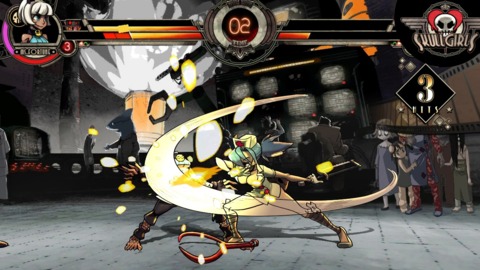
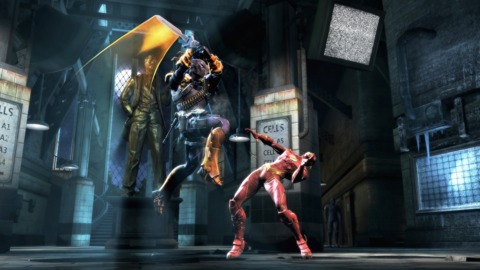
As 2013 approaches, the genre nears a crossroads where it can grow beyond the core fighting game community. If original fighting games that don't adhere to genre conventions can find success, that will benefit everyone. It will promote more new ideas and more experimentation. The results will form a larger fan base and better designs for the entire genre.
With the community's support of fighting games as a whole--and not just individual releases--2013 could spark a wealth of new ideas and creativity. Right now, the fans have a lot of influence in how this growth will progress, if it progresses at all. Use it well, and hopefully there will be many more years as strong as 2012 for fighting games.
'
Got a news tip or want to contact us directly? Email news@gamespot.com
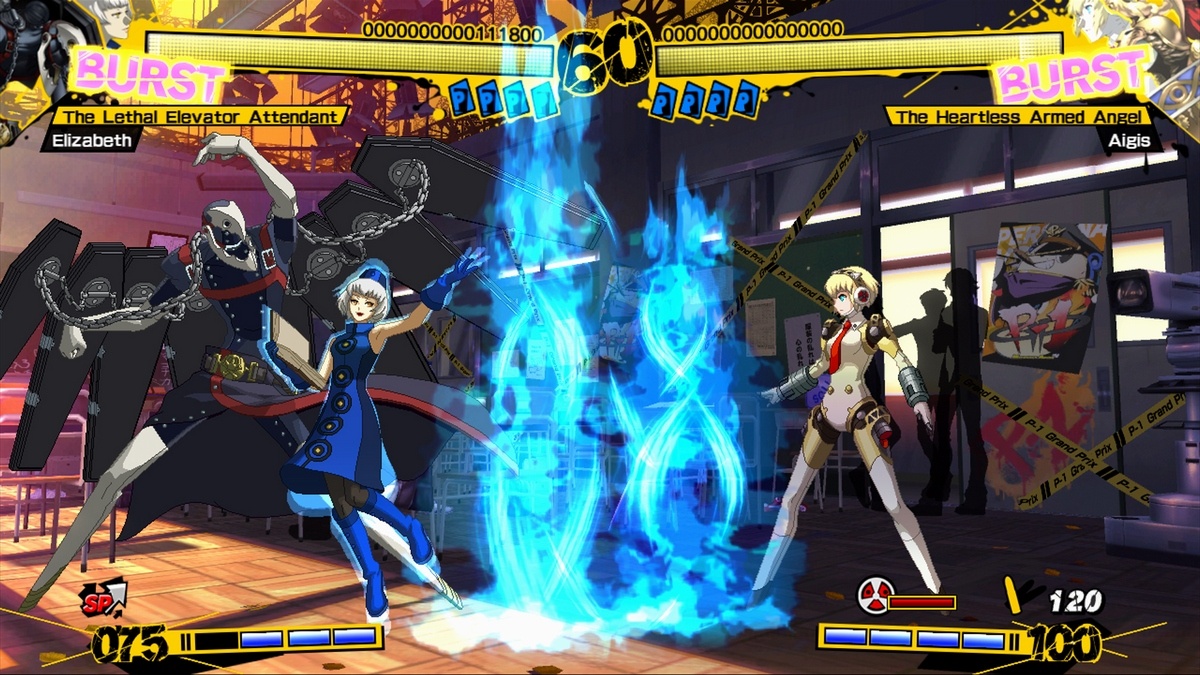
Join the conversation